38 labelled diagram of moss
Label The Structures On This Diagram Of A Moss Label The Structures On This Diagram Of A Moss. Labels are usually small in size so you should carefully choose the font of the texts to make sure it is readable. This growth form is due to their thin body parts and lack of vascular structures that would support upward growth. Not all labels will be used. Draw a Labelled Diagram of Gametophyte of Moss - QS Study Draw a Labelled Diagram of Gametophyte of Moss. Gametophyte of moss: Gametophyte of moss plant is haploid (n). Its body is divided into two stages. Protonema: Spores produced from the moss capsule germinate in favorable conditions. Spores germinate to form a filamentous, branched and algae-like plant, called protonema.
Draw neat and labelled diagram of L.S. of moss capsule. - Brainly.in Draw neat and labelled diagram of L.S. of moss capsule. 2 See answers Advertisement Advertisement mohdkaif74325 mohdkaif74325 Answer: Trigonometry, the branch of mathematics concerned with specific functions of angles and their application to calculations. There are six functions of an angle commonly used in trigonometry.

Labelled diagram of moss
Moss Diagram: Biology | Evolution of plants, Biology plants, Plant science cotyledon, seed leaf within the embryo of a seed. Cotyledons help supply the nutrition a plant embryo needs to germinate and become established as a photosynthetic organism and may themselves be a source of nutritional reserves or may aid the embryo in metabolizing nutrition stored elsewhere in the seed. Angiosperms (flowering plants) whose ... Draw a diagram to describe the life cycle of the moss, pointing out ... Draw a diagram to describe the life cycle of the moss, pointing out significant features Medium Solution Verified by Toppr The life cycle of most mosses begins with the release of spores from a capsule, which opens when a small, lidlike structure, called the operculum, degenerates. moss | Definition, Characteristics, Species, Types, & Facts moss, (division Bryophyta), any of at least 12,000 species of small nonvascular spore-bearing land plants. Mosses are distributed throughout the world except in salt water and are commonly found in moist shady locations. They are best known for those species that carpet woodland and forest floors.
Labelled diagram of moss. Quick Notes on Sphagnum (With Diagram) | Biology Cortex is followed by a cylinder of narrow, thick-walled elongated cells. It is 4-6 layered and surrounds the medulla (Fig. 5). It gives the mechanical support to the axis' tissue. (iii) Medulla or Axial Cylinder: It is composed of thin walled, colourless, parenchymatous cells (fig 5). Moss Antheridial Head | Nikon's MicroscopyU Moss Antheridial Head. From zygotes, elongated structures begin to grow out of the clumps of moss. Upon reaching maximum length, the tips of these long stalks, called seta, begin to enlarge to form capsules, or sporangia.The sporangium, a spore-bearing region, contains minute, developing spores and is attached to the seta by a structure called a foot. Gametophyte and Sporophyte - Biology Wise Male and female gametes with equal 'n' number of chromosomes are formed. When these gametes meet, they fuse together, get fertilized and form the zygote, which is diploid (2n). Note that the chromosome number here doubles from 'n' to '2n'. This diploid zygote then forms the basis of the next alternating sporophyte generation. Chapter 29 Homework Flashcards - Quizlet Three phyla of bryophytes exist today: liverworts, hornworts, and mosses. Part A - Bryophyte structure Label the structures on this diagram of a moss. Drag the labels onto the diagram below. Not all labels will be used. In the life cycle of bryophytes, gametophytes are the dominant stage and are generally larger than sporophytes.
Life Cycle of a Moss - Infographic - STEM Lounge A tiny tooth-like structure around the mouth of the capsule controls the release of the spores. These structures, called the peristome, consist of one or two rows of teeth. They prevent the release of the spores during wet conditions by remaining closed. In dry conditions they open, releasing the spores. Mosses and Ferns - biologyclermont.info Labeled Moss with Sporophytes In wet weather, sperm are released from their antheridium, swim to an archegonium, swim down the opening in the archegonium, and fertilize the egg. The resulting 2n zygote remains within the archegonium for protection from dessication, and grows by mitosis to form the new, 2n sporophyte generation. The following image gives a basic diagram of a typical moss plant ... The following image gives a basic diagram of a typical moss plant. Label some of the important parts of the plant, and identify which structures represent the sporophyte and gametophyte phases. An illustration shows a moss plant. The leaf-like parts and rhizoids are labeled as C and D respectively. Together they are labeled as B. Draw the diagram of a microsporangium and label its wall layers. Write ... Role of Endothecium: Endothecium; along with the epidermis and the middle layer; provides protection to the pollens during development. Once pollen grains are mature, the three layers (including endothecium) rupture and thus facilitates dehiscence of pollens.
Fern Diagram Labeled Labeled Moss with Sporophytes In wet weather, sperm are released from . ( Marchantia) life cycle diagram; prepared slide of liverwort gemmae. Fern, any of several nonflowering vascular plants that possess true roots, stems, and complex leaves and that reproduce by spores. The number of known extant. Another way to tell if a plant is a fern is ... moss: life cycle - Students | Britannica Kids | Homework Help The life cycle of most mosses begins with the release of spores from a capsule, which opens when a small, lidlike structure, called the operculum, degenerates. A single spore germinates to form a branched, filamentous protonema, from which a leafy gametophyte develops. The gametophyte bears organs for sexual reproduction. Sperm, which are released by the mature antheridium (the male ... Garden Guides | Parts of a Moss Plant The aboveground parts can be delineated into two sections: the gametophyte and the sporophyte. The gametophyte is the base of the moss, with a stem and a soft cluster of leaves. Above the gametophyte is the sporophyte, which consists of a stem (or seta), a spore capsule and the calyptra, a membranous hood that protects the capsule. labelled diagram of Sporophyte of Moss - QS Study labelled diagram of Sporophyte of Moss Fungus The sporophyte is the diploid phase of the alternation of generations, a method which allows sexual and asexual reproduction to prevent destructive genes to be reproduced. Moss is a non-vascular plant, meaning that it has no internal system to transport water.
moss | Definition, Characteristics, Species, Types, & Facts moss, (division Bryophyta), any of at least 12,000 species of small nonvascular spore-bearing land plants. Mosses are distributed throughout the world except in salt water and are commonly found in moist shady locations. They are best known for those species that carpet woodland and forest floors.
Draw a diagram to describe the life cycle of the moss, pointing out ... Draw a diagram to describe the life cycle of the moss, pointing out significant features Medium Solution Verified by Toppr The life cycle of most mosses begins with the release of spores from a capsule, which opens when a small, lidlike structure, called the operculum, degenerates.
Moss Diagram: Biology | Evolution of plants, Biology plants, Plant science cotyledon, seed leaf within the embryo of a seed. Cotyledons help supply the nutrition a plant embryo needs to germinate and become established as a photosynthetic organism and may themselves be a source of nutritional reserves or may aid the embryo in metabolizing nutrition stored elsewhere in the seed. Angiosperms (flowering plants) whose ...




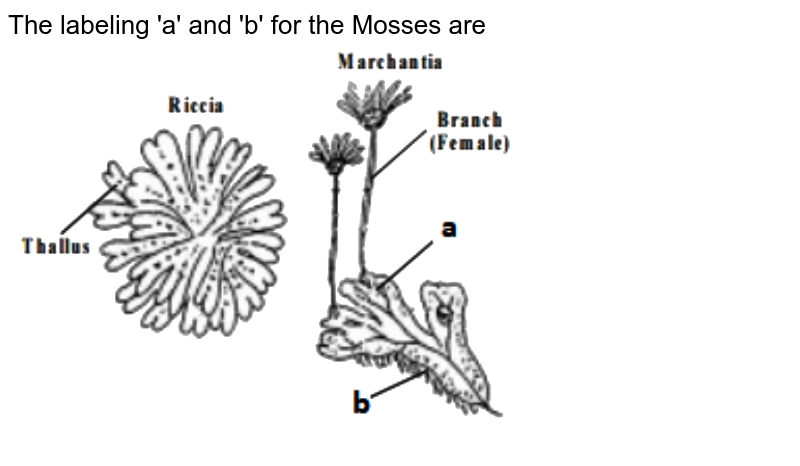






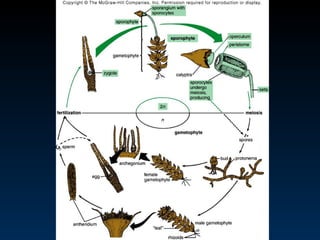



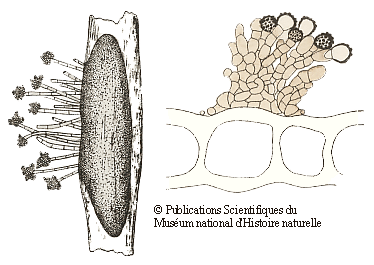
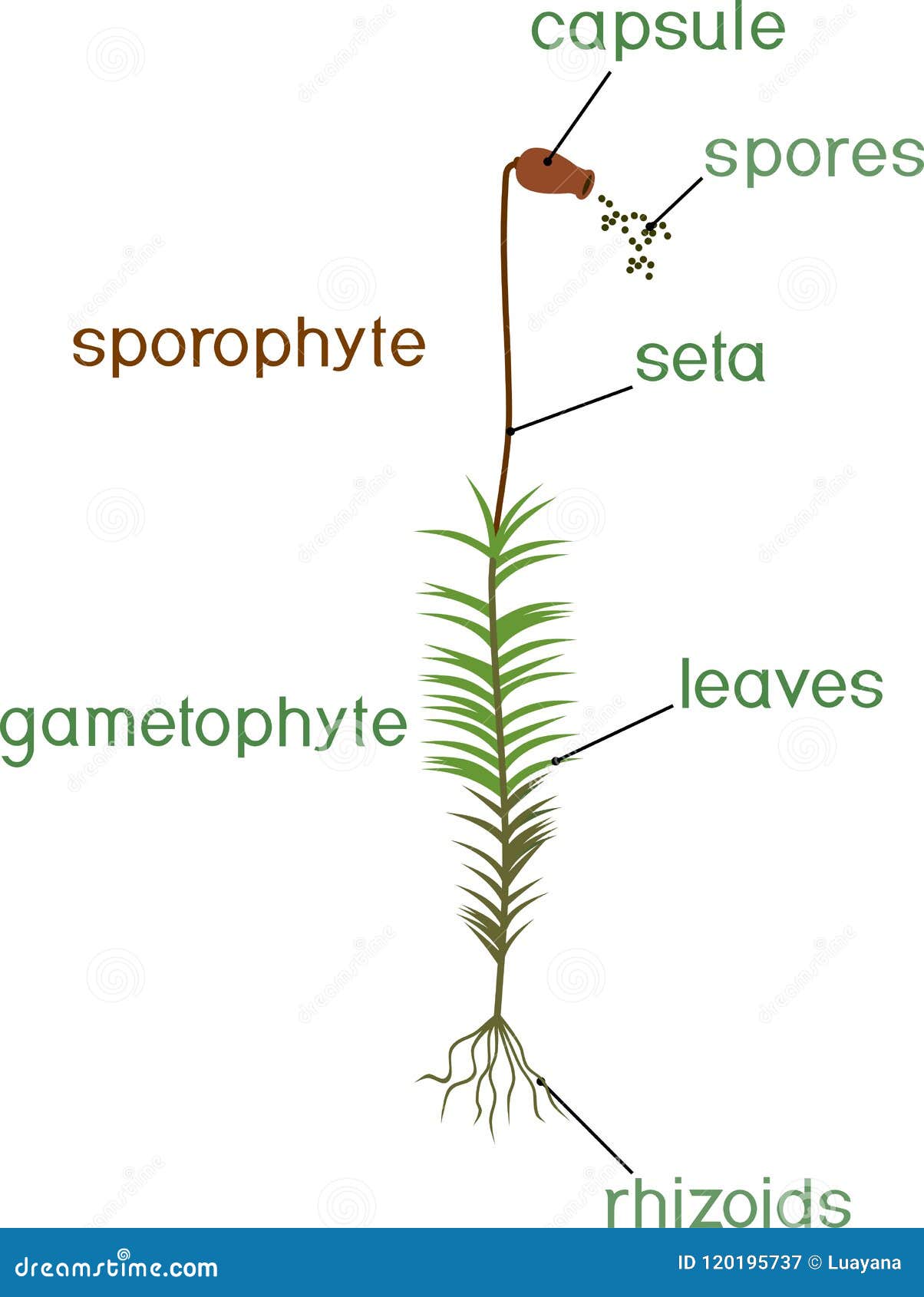





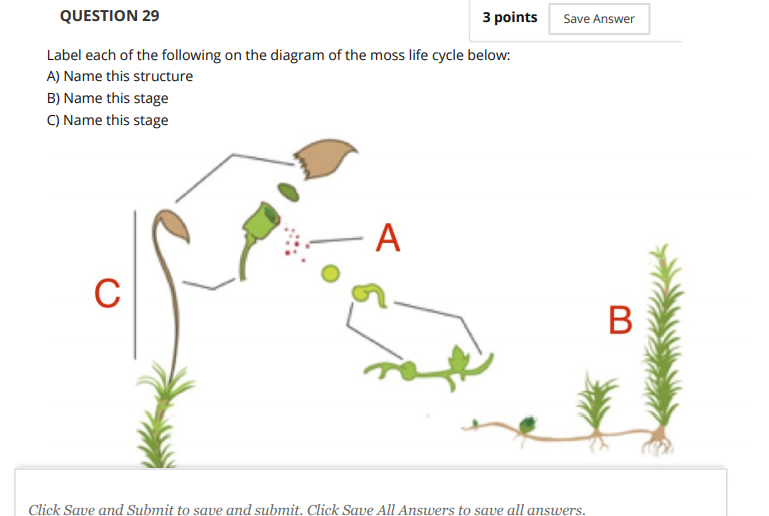
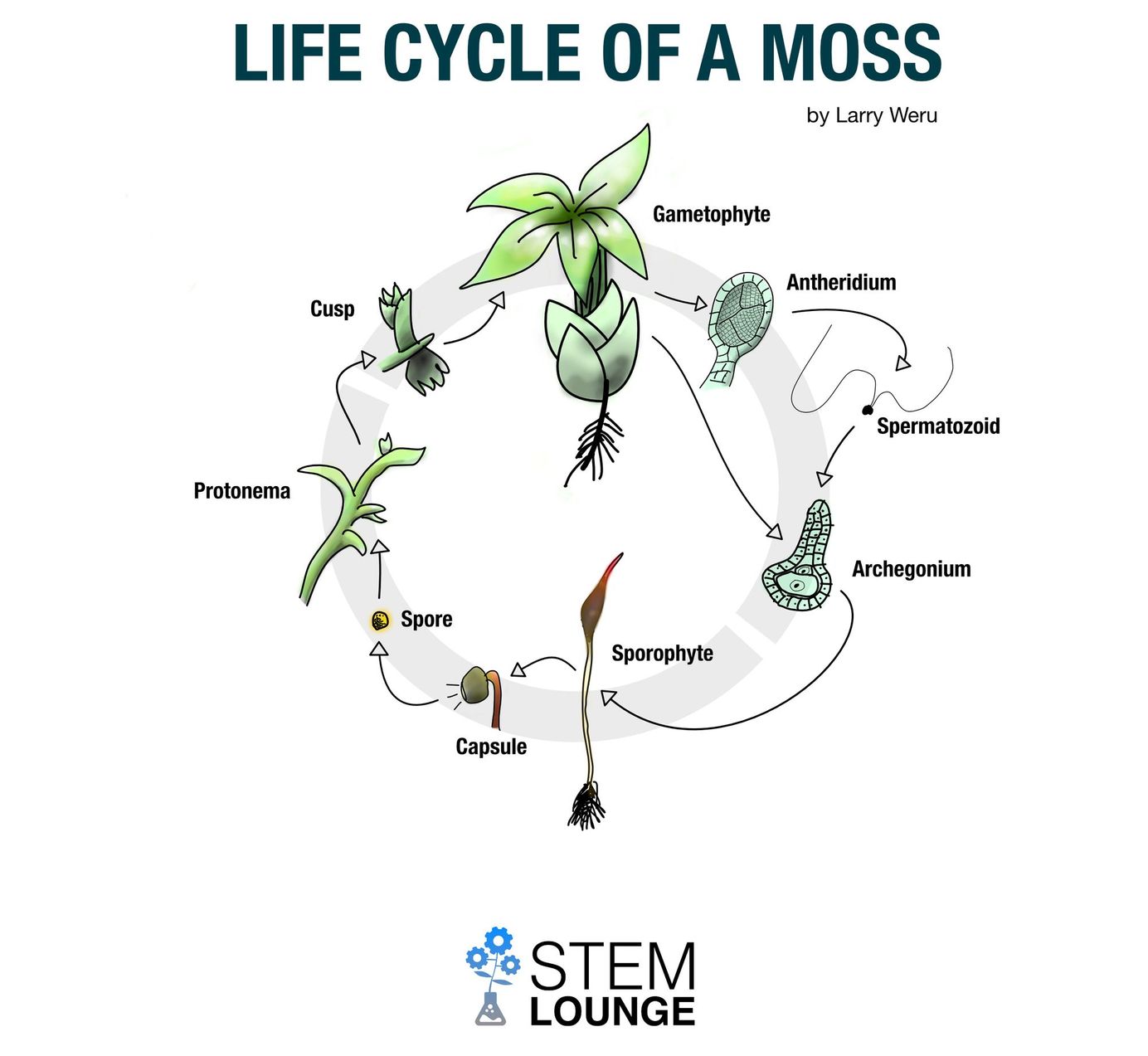
.jpg?revision=1&size=bestfit&width=511&height=383)

Post a Comment for "38 labelled diagram of moss"